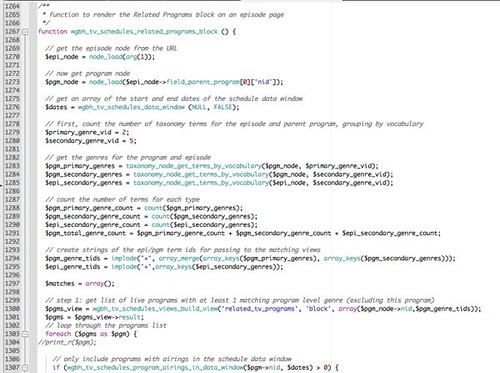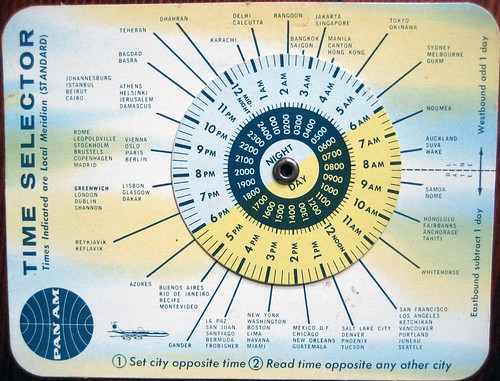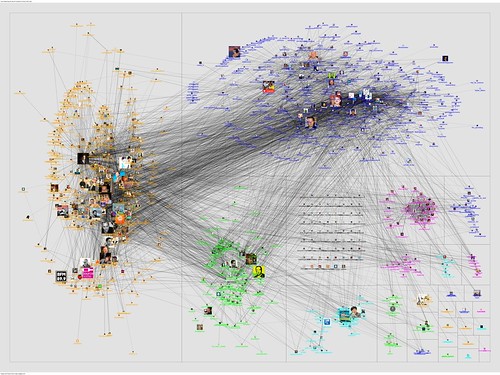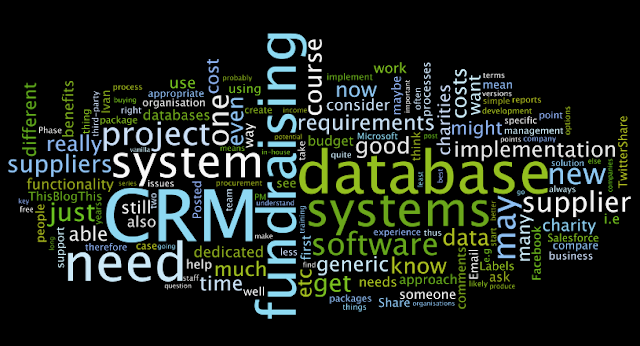- Access' have existing NFP solutions which are already used by 500+ UK organisations but they do not have another "CRM" system which they sell to charities (although they do sell GoldMine, but that has fewer applications for NFPs). So at first sight, ThankQ could fit well into their portfolio. And because they don't have an existing fundraising database system, they won't be migrating ThankQ users to another system they already sell. So, that would seem to suggest they see it as a system they will continue to support. Which should be good news for ThankQ users.
- One of the potential issues which ThankQ did have as a company was that, despite their sales success, they were still a comparatively small company with lower staff numbers and a much lower turnover than their key competitors such as Blackbaud, IRIS et al (let alone Salesforce and Microsoft!). So they didn't have the same money or resources to develop their software as per their larger competitors. So, if Access are serious about incorporating ThankQ as a system which they intend to continue to promote to the NFP sector, then it might be that they could invest more to a larger R&D budget to the software. In which case, that could really help ThankQ and its user-base.
- Of course, one of ThankQ's main plaudits as a company was its flexibility and approach, which it was able to follow as a small, independent organisation. It will be of high interest to ThankQ's existing and new customers as to how that now pans out. I wouldn't see any reason as to why Access would necessarily change the fundamentals of that, but it would be foolhardy to think that they wouldn’t want to introduce some of their own methodology and culture to their new group member. Like any acquisition, we shall have to see what is good or bad about that.
ThankQ are (were) certainly one of the more successful, completely independent companies who purely sold just one fundraising database, so it didn't take a futurologist to predict an acquisition could eventually happen. And of course what we have seen over recent years are the larger players in the market buying their competitors; Blackbaud, IRIS and ASI being the obvious examples as well as others like TSG and Miller Technology. Some products have remained within these companies' portfolio but others have not, or have not had the same commitment to their on-going development. Which in some instances has meant less choice for charities.
So it has to be said (unless there is some other reason for Access' acquisition of ThankQ, or unless Access are now about to go on a spending spree and buy other similar systems - and I have no reason to believe that either of those issues is the case) that this acquisition should be no bad thing for the sector. A good database should hopefully remain a good database and a strong competitor but possibly now with more investment. I hope I'm right.






















